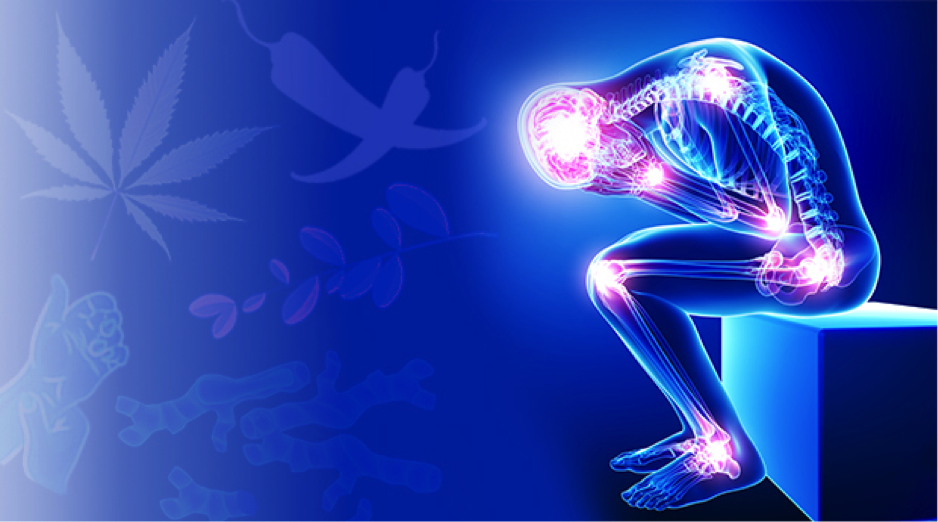
What Is Chronic Pain?
What condition do more than 100 million Americans share -- maybe including you? Whether it's caused by arthritis, migraines, fibromyalgia, or bad backs, chronic pain -- the kind that hangs on for weeks, months, or years -- can change your life. Never ignore pain. Whatever the intensity -- mild, moderate or severe -- treatment usually can help.
What Causes Pain?
Pain results from a signal sent from your nerves to your brain. It can serve as an alarm, a warning -- that you're stepping on a nail or touching a hot stove. But sometimes the signals keep firing, and the pain continues. That’s when it becomes chronic.
Signs You Need Pain Relief
Anybody with frequent or daily pain -- even mild -- should see a doctor. That's especially true if the pain is interfering with your life-limiting activities or the ability to work. Keep in mind that chronic pain can creep up on you. What starts as occasional and bothersome can, over the years, become serious and debilitating.
Pain Relief: Walking
Walk more: It's one of the best prescriptions we have to help chronic pain. Daily pain tends to make people less active, and that often makes pain worse. Exercise also releases endorphins -- the body's natural painkillers. Aim to walk -- or exercise in other ways -- five times a week for 30 minutes a day. Work up to it slowly, adding a few minutes a week.
Pain Relief: Acupuncture
Once viewed by many in the U.S. as outlandish, acupuncture is now a common treatment for some chronic pain. Why do poking needles in the skin help? No one's really sure. It may help release natural painkillers in the body or block pain signals from the nerves.
Pain Relief: Distract Yourself
We sometimes think of distraction as a bad thing that stops you from getting stuff done. But it can actually be a treatment if you have chronic pain. Studies show that when a conversation, or a crossword puzzle, or a book distracts you -- -- the areas in your brain that process pain is less active. Getting your mind off your pain really does help -- even on a neurological level.
Pain Relief: Track Your Hurts
Pain is elusive -- it can be hard to describe. Make it more concrete by keeping a pain journal. Note how much you hurt each day using a pain scale. A popular one asks you to rate your pain from 1 to 10, from least severe to worst. Others use smiling and frowning faces and add details about what you did that day. After a few weeks, you'll have a valuable record to share with your doctor.
Pain Relief: Yoga
The gentle stretching and mind-body techniques of yoga can help with daily pain -- from sore backs to fibromyalgia to arthritis. Studies show that regular yoga can ease the pain, increase function, improve mood, and reduce the need for pain medication.
Seeing a Pain Expert
If you're in chronic pain, see a specialist. A pain specialist focuses on one thing: getting rid of your pain. Many works at specialty pain centers. There, you may get all sorts of treatment -- from medication to massage -- under one roof. Ask your doctor for a referral -- or call local medical centers to see if they have a pain management clinic.
Healing Your Pain
For most people with ongoing pain, there is no single, miracle cure. Instead, good pain management is usually a combination of approaches. That might include a new exercise routine, improved habits, medication, and therapy. It may take time, but you'll most likely find a combination that works for you.
If you are suffering from pain, please contact our office at (516) 419-4480 or (718) 215-1888 to arrange an appointment with our Interventional Pain Management Specialist, Dr. Jeffrey Chacko.













